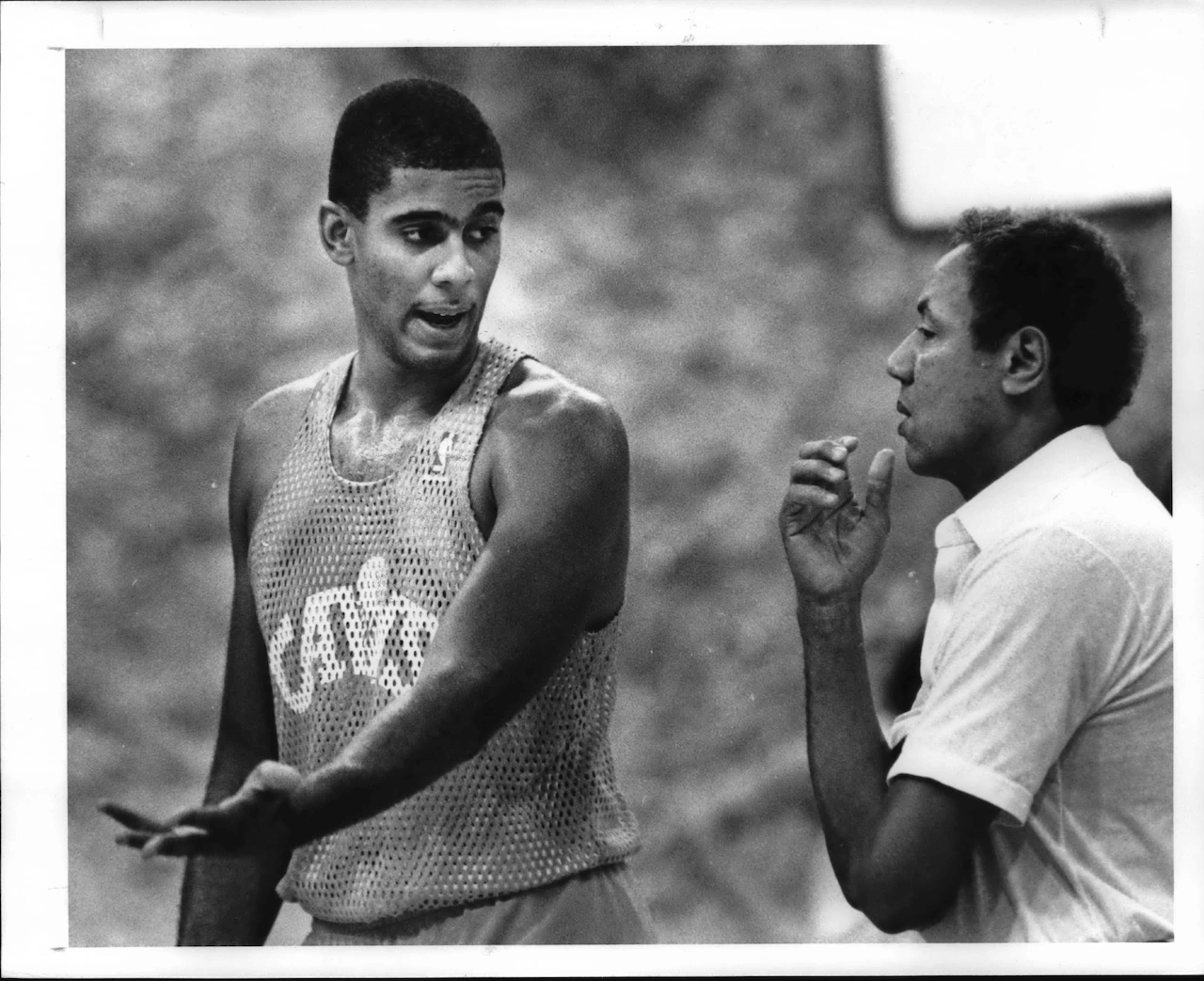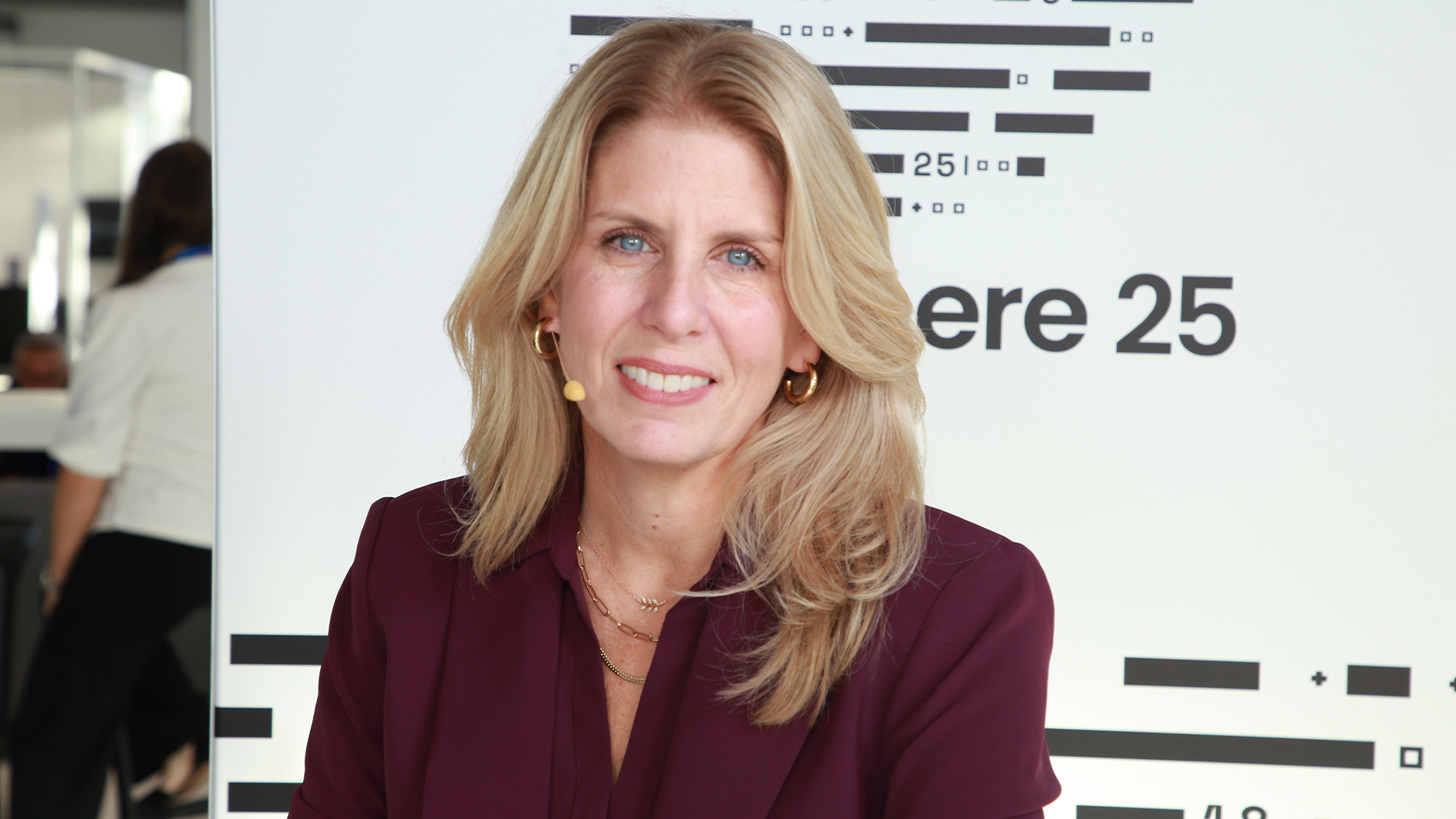Copyright cleveland.com

CLEVELAND, Ohio – The year was 1987. Lenny Wilkens was in his first season coaching the Cavs. One day, Barry Clemens and his son showed up at practice. This was a different NBA, when practices were open to the media. I covered Lenny for the Akron Beacon Journal in all seven of his Cavs coaching seasons (1986-93). I also helped Lenny write his autobiography, “Unguarded,” which was published in 2000. Clemens and Wilkens had played together in the NBA for five different seasons – three in Seattle, two in Cleveland. Clemens and Wilkens were traded together to the Cavs on Aug. 23, 1972. Clemens lived in Cleveland and was working in the financial business. He also was an avid pickup basketball player. He wanted to face his good friend Lenny. I was recruited to be in a 2-on-2 game. I found myself playing with a man who would make the Basketball Hall of Fame as a player and coach. Lenny was 50 at the time. Coached by Lenny Wilkens He talked to me quickly, wanting me to set picks and then roll. I dutifully set a pick on Clemens’ son and then I sort of … well …. I stood there. Boom. A bounce pass went right toward the rim and out of bounds. “Terry, you had a layup,” Lenny said. “All you had to do was roll.” Clemens was laughing at me. He knew what it was like to play with Lenny, a point guard who loved to set up teammates for great shots. And if you didn’t go where you should have gone ... he let you know with a quiet rebuke and glare that screamed, “Don’t do that again!” Lenny talked to me again about setting picks … rolling at the proper angles … keep my head up, always looking for a pass. I don’t remember much else about the game other than Lenny did indeed put me in spots for one open shot after another. A few went in. It was fascinating to watch Lenny and Clemens face each other. Two former pros. Two close friends. Two guys who still wanted to beat each other. My memory is foggy, but I believe the Clemens family prevailed. I was the worst player on the court, and not even Lenny could overcome that. I also recall that if you played with Lenny, you “played the right way,” as he often said. Gone at 88 Lenny died Sunday at his home in Seattle. I talked to him in the summer when a statue of him was unveiled in his home town. He was happy about it, but also humbled. That was his personality. There will be stories about how he was a nine-time All-Star as a point guard. He also coached 32 seasons in the NBA. He won at least 50 games seven times with three different teams – Seattle, the Cavs and Atlanta. His career coaching record was 1,322-1,155 (.536). He’s the Cavs’ all-time winningest coach with 316 victories. His .551 winning percentage is third-best in franchise history behind David Blatt (.675) and Mike Brown (.620). Those are the numbers. Faith & family But what made Lenny special was his almost serene dignity. He would rather drink battery acid than brag about anything he accomplished in basketball. His father was a Black chauffeur who died of a bleeding ulcer when Lenny was 5 years old. His mother was Henrietta Wilkens, who had five children and worked in a candy factory near the family’s home in Brooklyn. Henrietta was a devout Irish-Catholic. She knew Lenny and her other children needed a male influence, and that became Father Tom Mannion at Holy Rosary Church in Brooklyn, N.Y. Lenny embraced the Catholic faith. He went to Mass several times a week when coaching the Cavs. We sometimes went to church together when the team was on the road. Lenny liked the ritual, the quiet prayers and a sense of peace he felt in church. Lenny never said so, but his role model was St. Francis, who once said, “Preach the Gospel always. When necessary, use words.” While coaching the Cavs, Lenny lived in Fairlawn. An Akron nun named Sister Kathy McIntyre became close to Lenny and his wife, Marilyn. They stayed in touch after Lenny left Cleveland. He revered Father Mannion, who had pushed him into sports. Lenny was working after school delivering groceries and other part-time jobs to help pay the bills. He played a lot of pickup basketball, but wasn’t on the Boys High team in Brooklyn until his senior year. Father Mannion had friends at Providence College, and contacted them about Lenny. They eventually offered him a scholarship. Lenny became a two-time All-American at Providence and was a first-round pick by the old St. Louis Hawks in 1960. An economics major Lenny was an excellent student. He graduated from Providence with honors with a major of finance and economics. He would have loved to coach basketball in the modern age with all the analytics data available. Just as Lenny jumped on me about the proper angles of setting picks and rolling to the basket, it was the same when he coached. I’d watch his practices and how he stressed the proper way to throw the ball to the big man in the low post. Never … ever … do it directly from the top of the key! Too many arms and defenders in the way. Get the ball to the wing … or even the corner … angles … get the proper angle. And spacing … don’t clog up the court on one side. He found a kindred spirit in Mark Price, and the best point guard in Cavs history. A second-round pick out of Georgia Tech in 1986, Price was a four-time All-Star for the Cavs. Going out to eat Lenny sometimes went out to eat with my wife, Roberta, and me. He liked Papa Joe’s in Akron. But his favorite was the Courtyard in Brecksville. We’d talk about a lot of things, like his life growing up in Brooklyn and what was going on with the Cavs. Out-of-bounds plays. The man loved out-of-bounds plays. He had a lot of them. He sometimes showed us some at dinner, writing them out on napkins. One of his favorites was to have Craig Ehlo or another shooter throw the ball in-bounds – and then get the ball right back to him. At the time, Burt Graeff was covering the Cavs for The Plain Dealer while I was with the Beacon Journal. It was after practice. He showed us a basic play. He took the ball as the in-bounds passer. He had Graeff serving as a teammate, about 20 feet away. I was the defender, guarding Lenny. As Graeff moved toward him, Lenny faked a pass to Graeff. My head turned to look in Graeff’s direction. Lenny held the ball and smiled. “See,” he said. “Natural reaction. You turn to see where the ball is going. What happens? I throw the ball to Burt and I run right past you to the basket. You don’t even know where I am because you stopped looking at me.” He used a form of that play, over and over. Often with Larry Nance Sr. catching the pass. As I write this, a few tears come to my eyes. Here was a Hall of Fame coach teaching a couple of writers about in-bounds passes and other aspects of the game he loved. He wasn’t a man who yelled. He was a thinking man. A teaching man. A man who was married 63 years. A man of faith. Lenny Wilkens … a good man.



